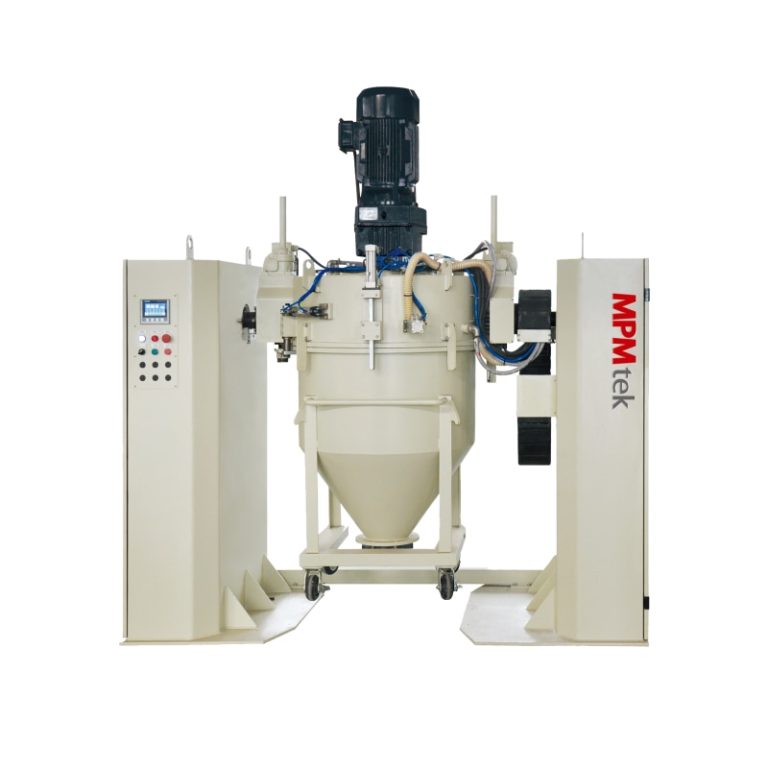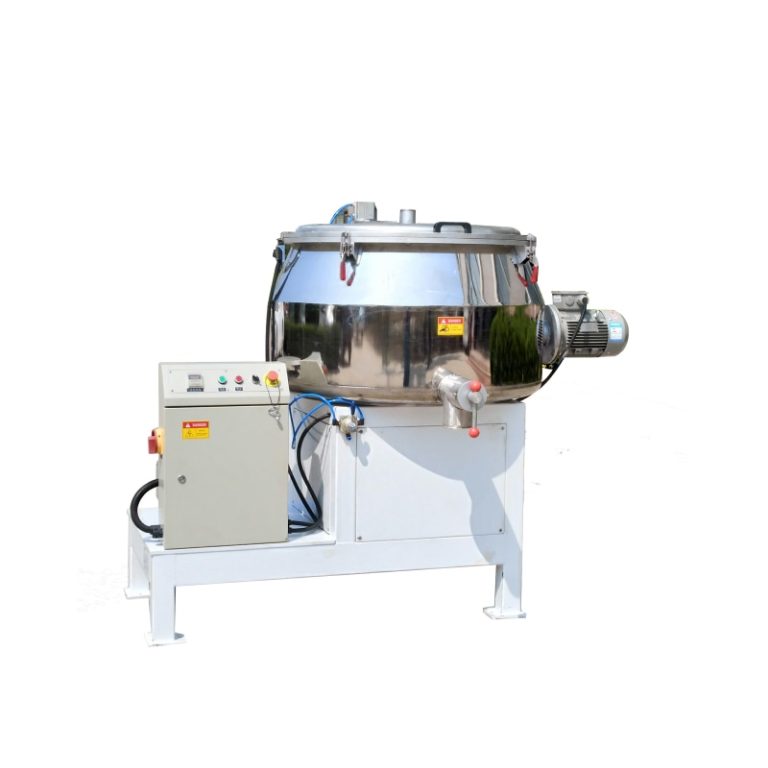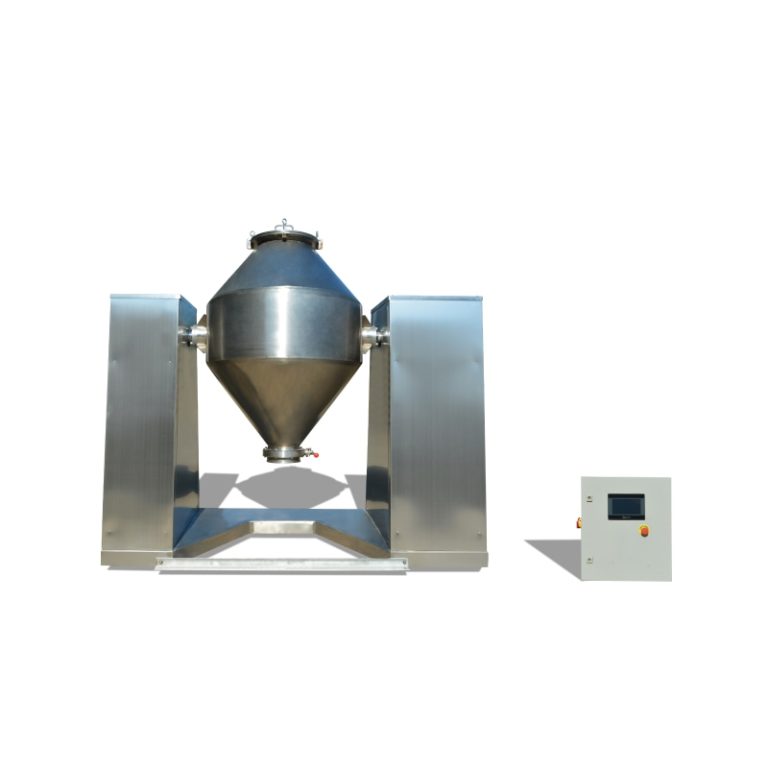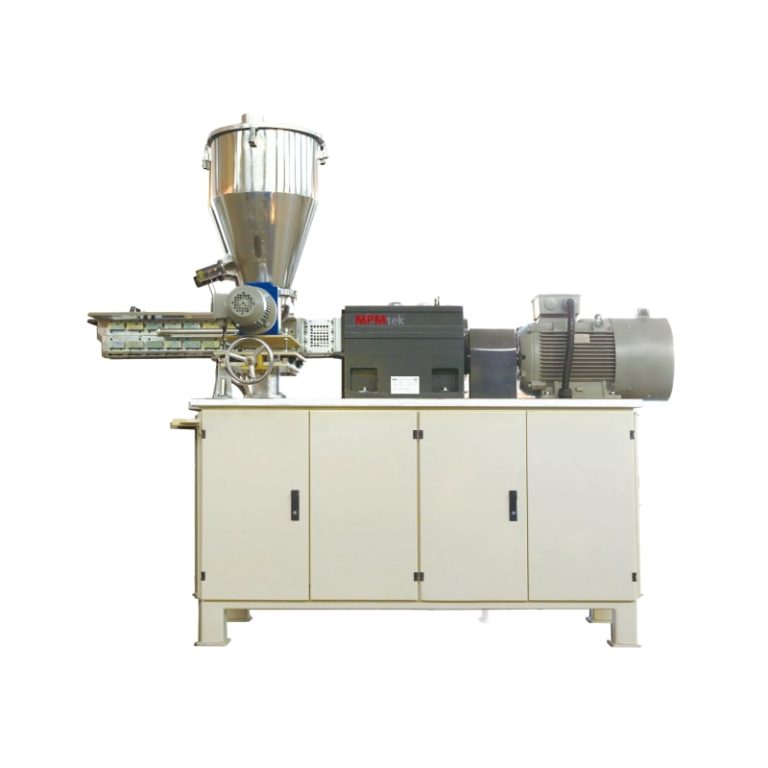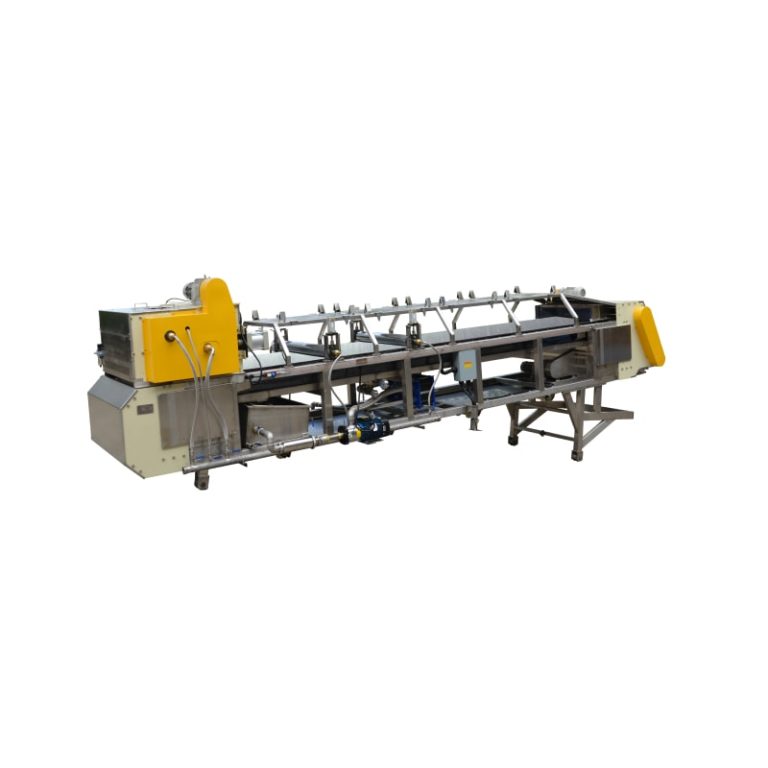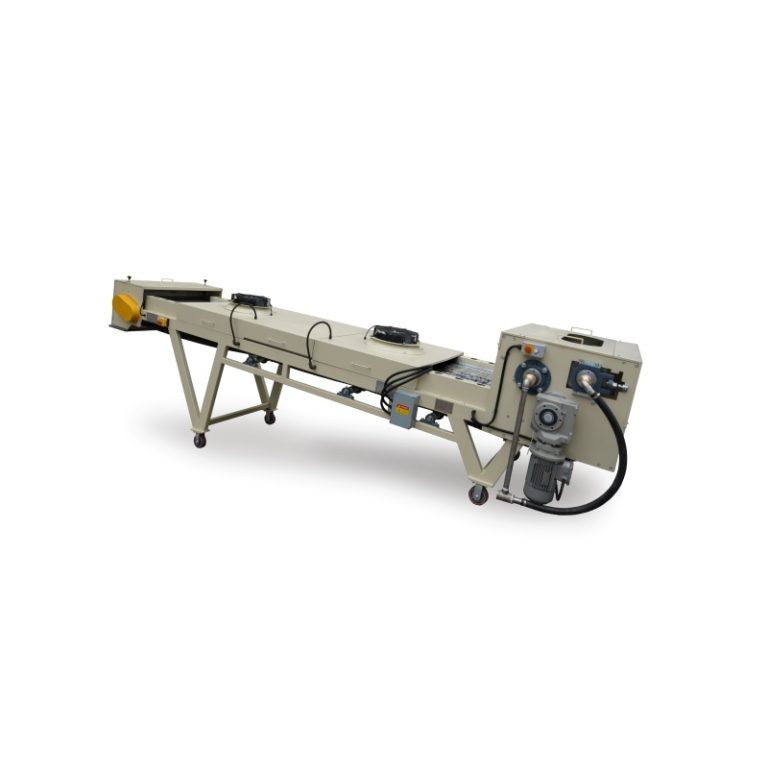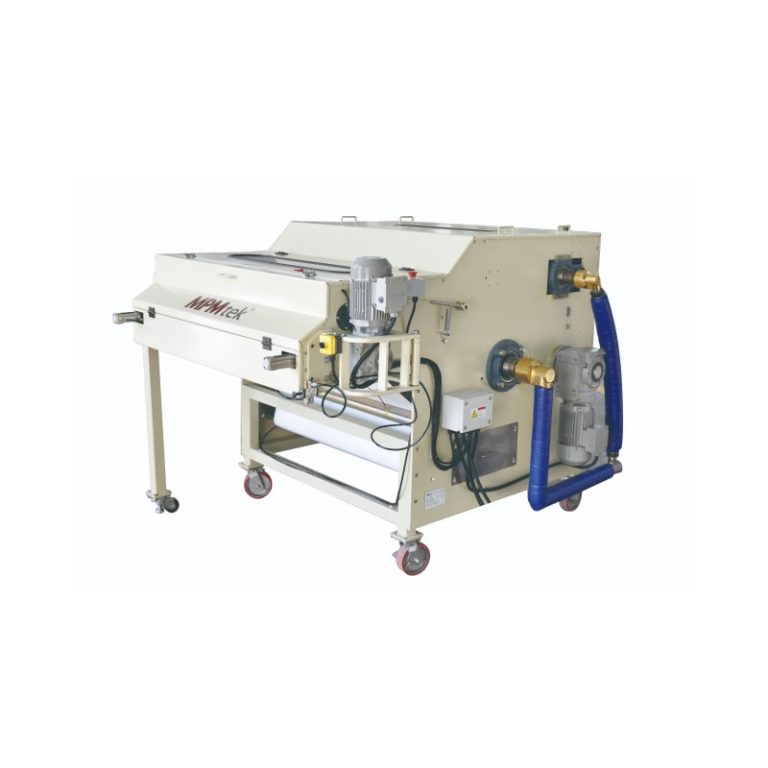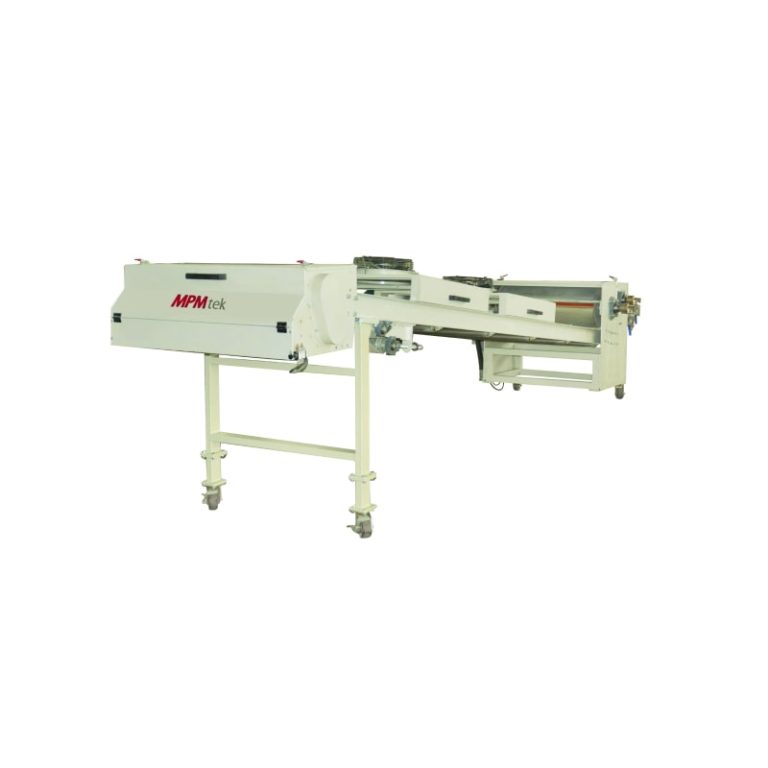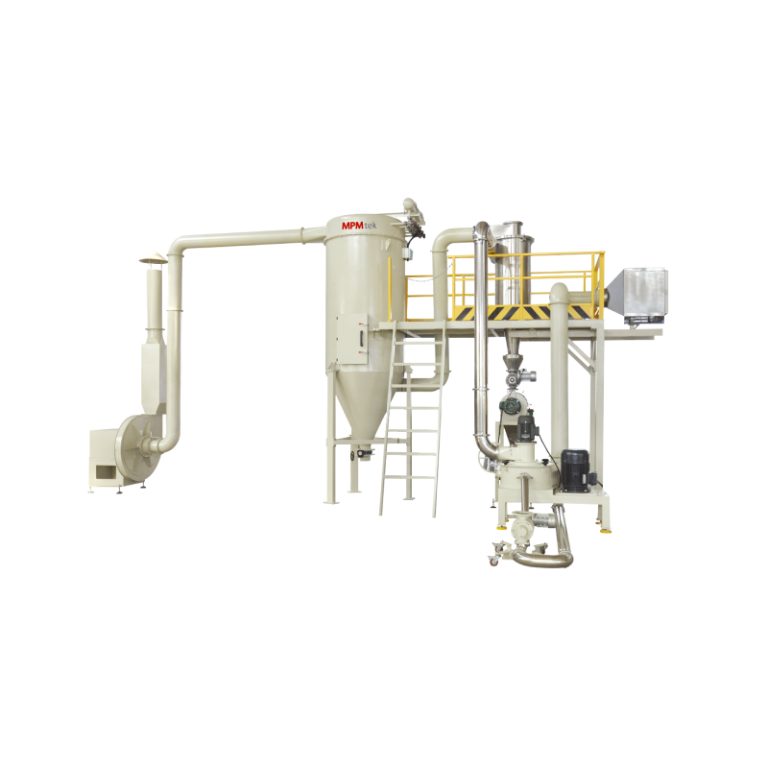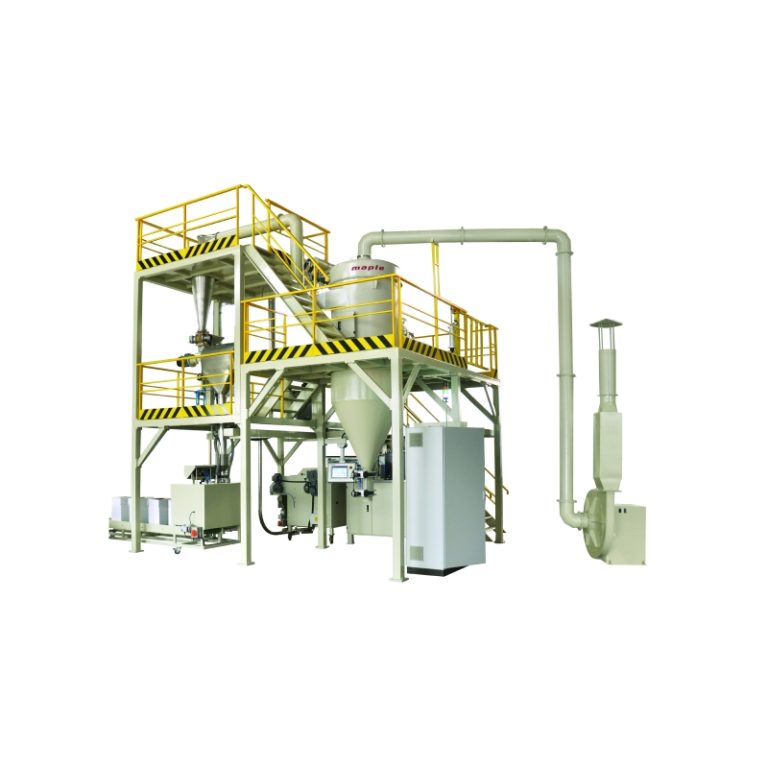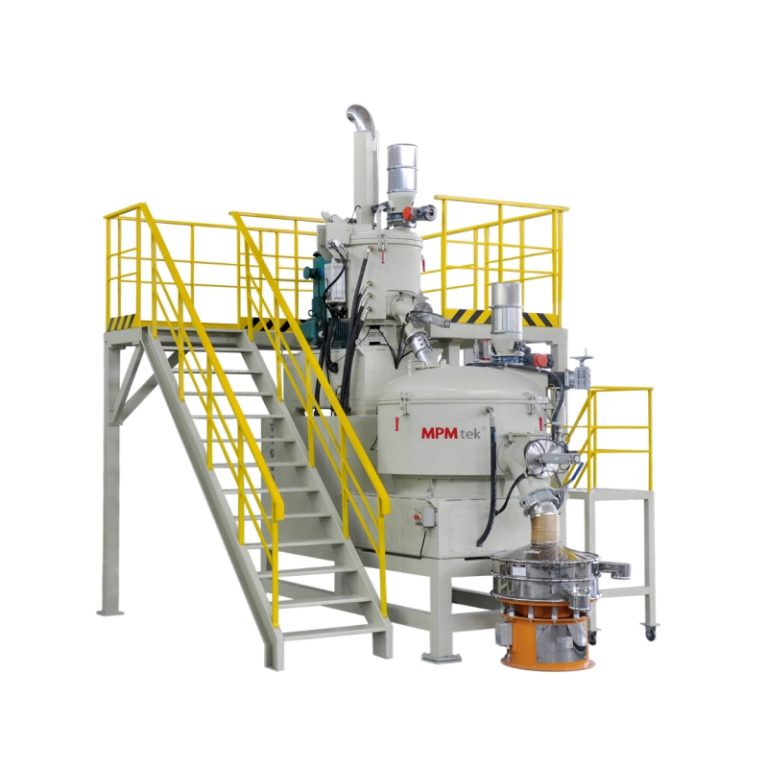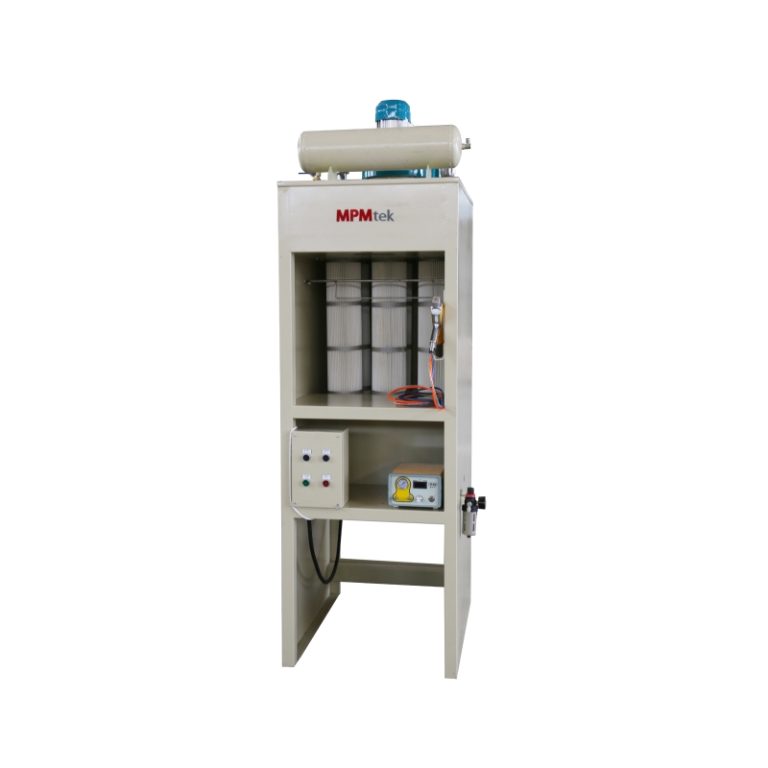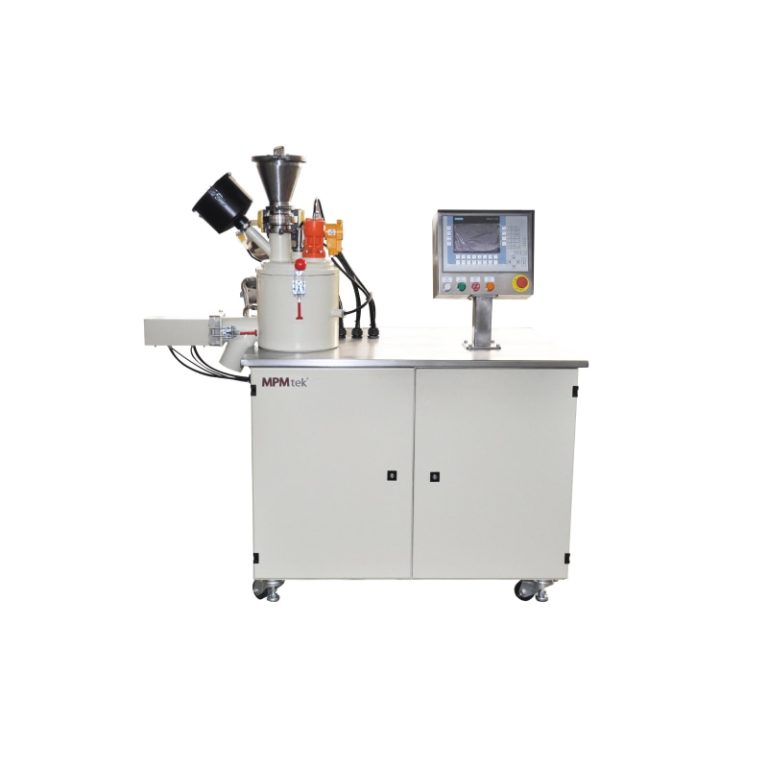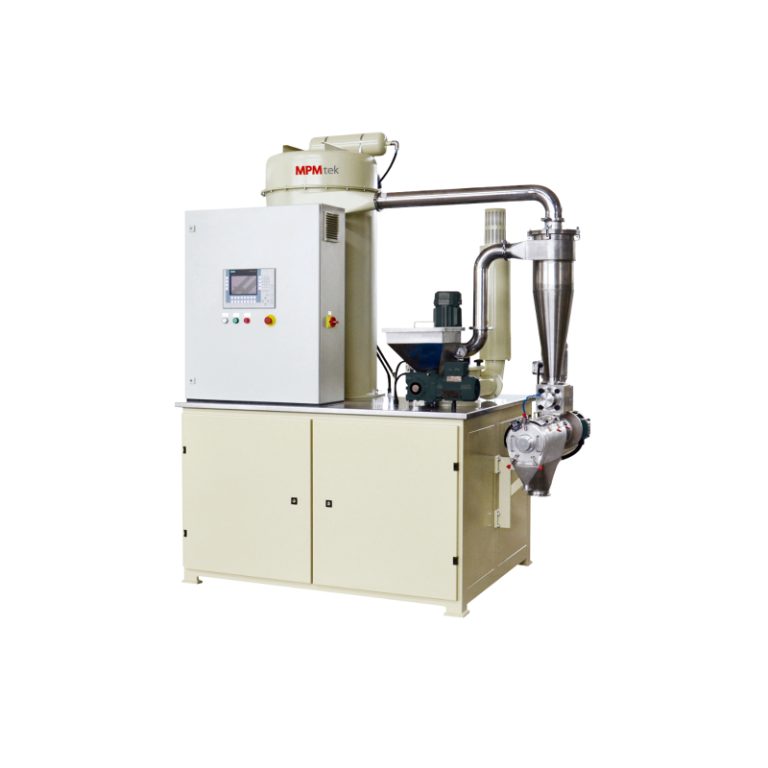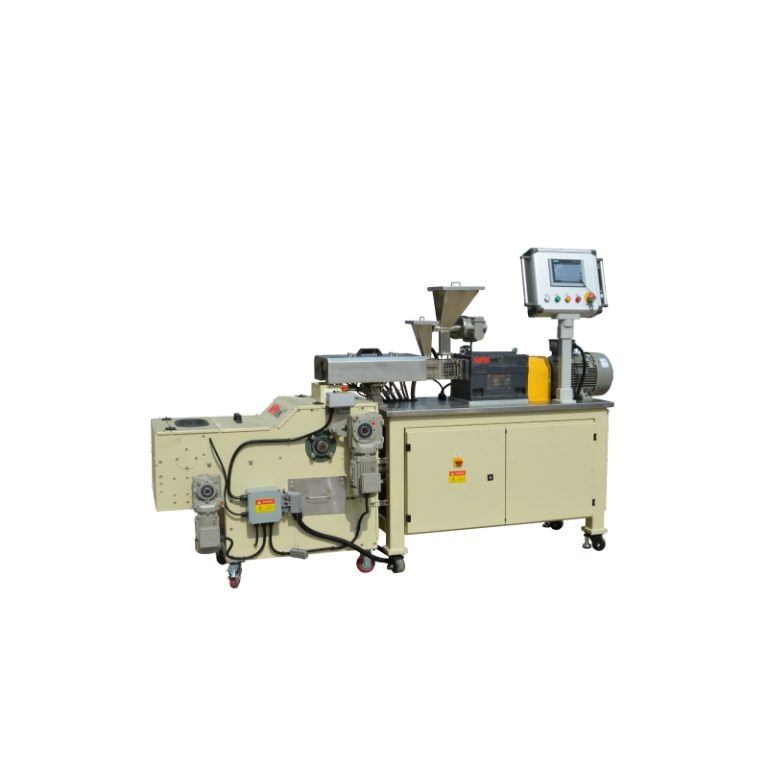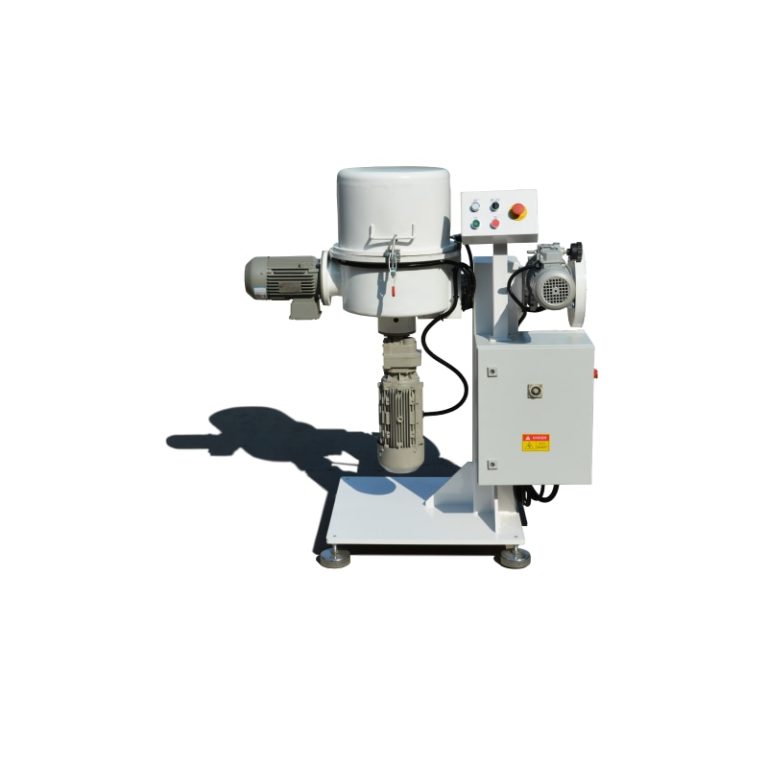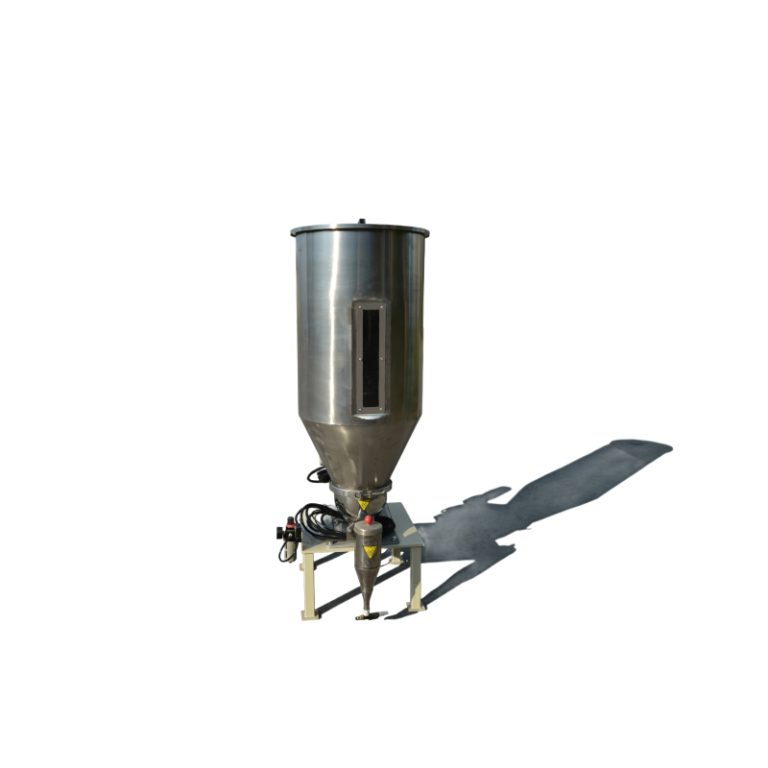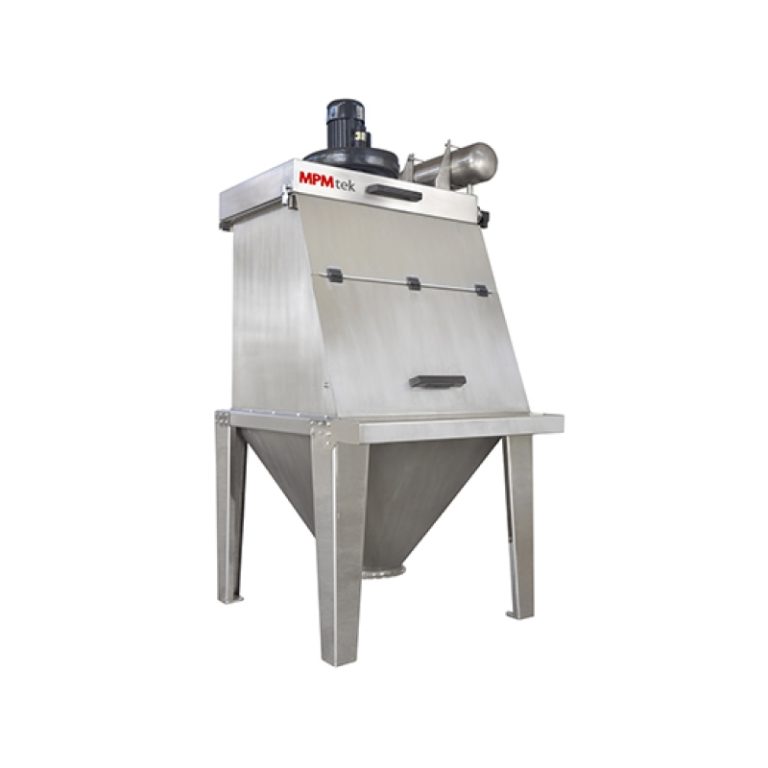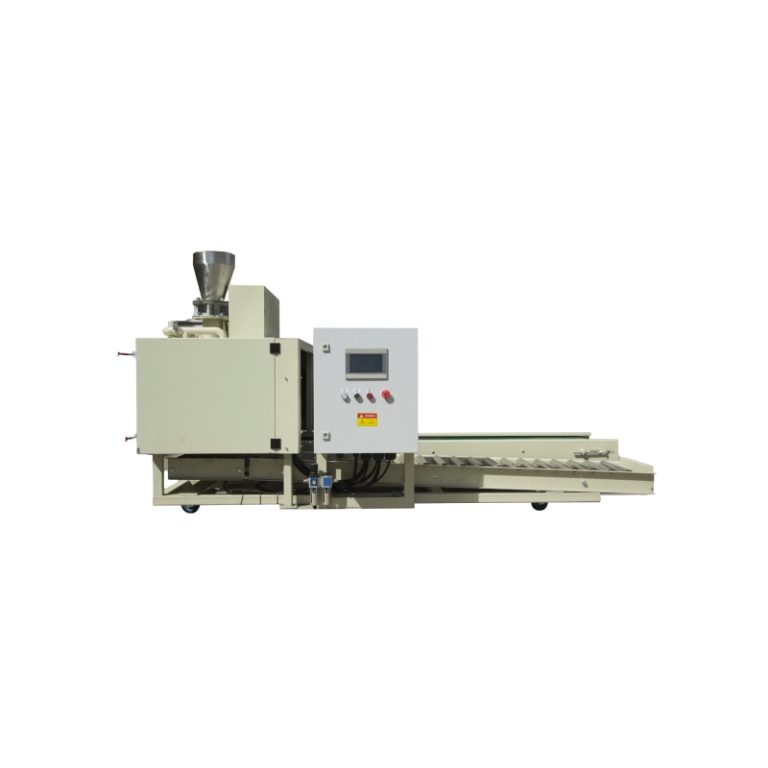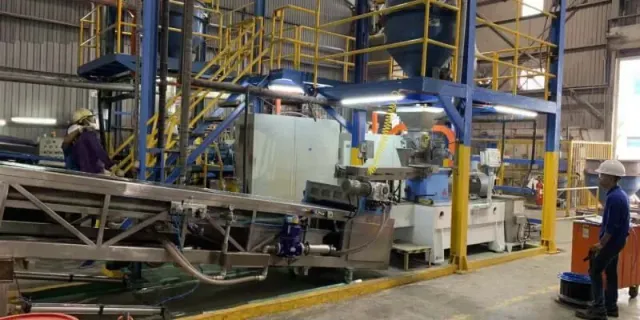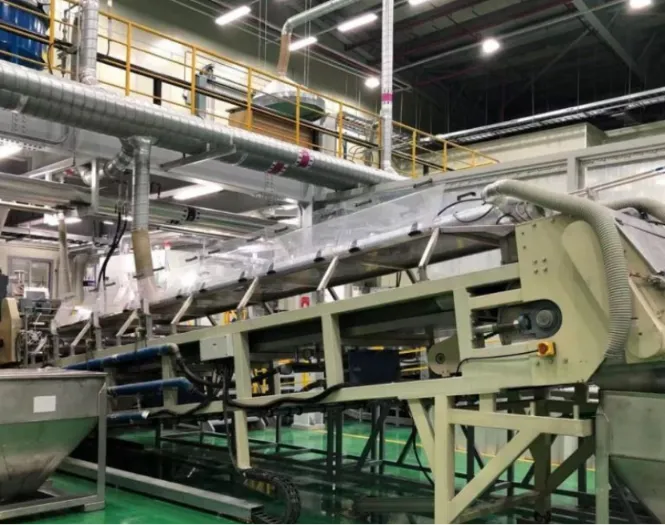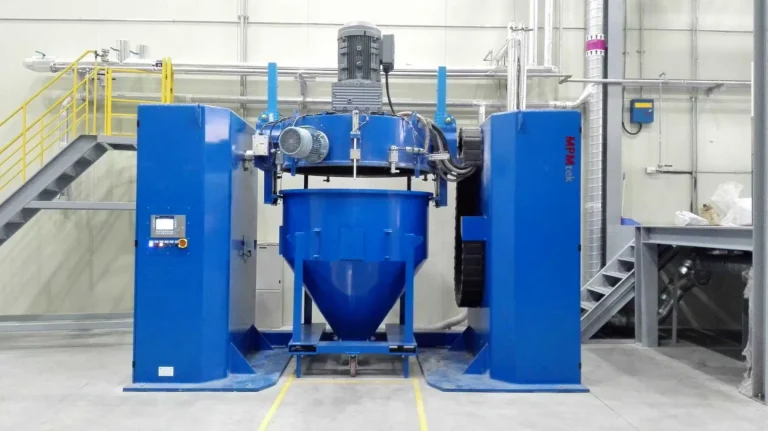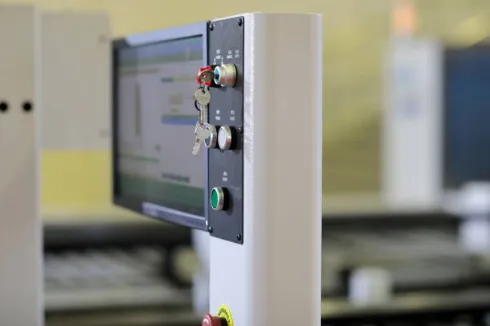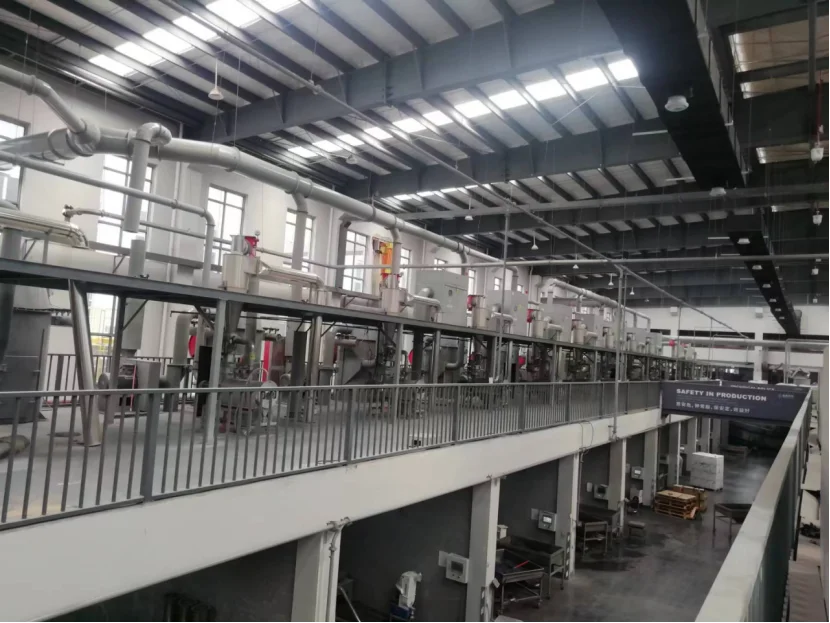
The Basics of Powder Coating Systems
What is a Powder Coating System?
A powder coating system is a special way to put a dry, powdery material on surfaces. It makes a tough and nice-looking finish. Unlike regular liquid paint, a powder coating system uses an electric charge and heat to stick the powder to objects. This method is popular in industries like cars, buildings, and everyday products. It’s quick and good for the environment.
Key Parts of a Powder Coating System
A powder coating system has several important pieces that work together smoothly:
Powder Coatings Mixer: This part mixes raw materials evenly. MPMtek’s Container Mixer is a great example. It’s flexible and works offline. It has movable containers, double-sealed shafts to stop leaks, and an automatic dust vacuum to keep things clean. It mixes well and is easy to clean.
Twin Screw Extruder: This machine spreads and mixes materials nicely. MPMtek’s Twin Screw Extruder, like the TSE-48B model, uses special kneading parts and smart temperature controls for top results.
Cooling Conveyor: After mixing, the material needs to cool. MPMtek’s Air Cooling Belt (Slat) uses stainless steel chains for even cooling. You can adjust the chip thickness to keep things consistent.
ACM Mill: This grinder makes the powder super fine. MPMtek’s ACM-15 lets you control settings to get perfect powder with over 98% recovery.
Why Precision Matters in Powder Coating Systems
Being exact is super important in a powder coating system. It affects how good the final product is. Even particle sizes, good color mixing, and smooth application make coatings strong and pretty. Tools like PLC-controlled mixers and extruders help by doing tasks automatically. This cuts down on mistakes people might make.
The Role of Raw Materials in Powder Coating Manufacturing
Types of Raw Materials Used by Powder Coating Manufacturers
Powder coating manufacturers use a few main materials to make powder coatings. These include:
Resins: These form the base of the coating.
Curing Agents: They help the coating harden when heated.
Pigments: These give color and make it look nice.
Fillers: They make the coating stronger.
Additives: These add special features like protection from sun damage or better flow.
MPMtek’s Additive Feeder makes adding these extras easy. It uses twin-screw technology to spread them evenly.
How Raw Materials Affect Powder Coating Properties
The materials you pick decide how well the coating works. For example, they affect how strong it sticks, how it handles weather, how shiny it is, and its texture. Good pigments make colors bright. Strong resins help fight off chemicals. Equipment like MPMtek’s Laboratory Scale Container Mixer lets powder coating manufacturers try new mixes to get the look and feel they want.
The Science Behind the Mixing Process in Powder Coating Systems
Why Mixers Matter in Powder Coating Production
Powder coatings mixers are key to blending raw materials into an even mix before the next step. They make sure pigments and additives are spread nicely through the resin. This is important for a steady, high-quality coating. MPMtek’s Lab Scale Container Mixer is a great tool for this. It has a PLC control system that works reliably and keeps things clean.
Getting an Even Mix with Smart Technology
To get a smooth, even mix, powder coating systems use cool tools. For example, high-speed crushers in mixers or special screw designs in extruders help materials flow well. Here’s how:
MPMtek’s Laboratory Twin Screw Extruder has a clamshell barrel. This makes it easy to clean and keeps temperatures just right.
Cooling systems in mixers stop things from getting too hot during fast mixing.
These tools make the product better and save time by cutting down on cleaning and fixing.
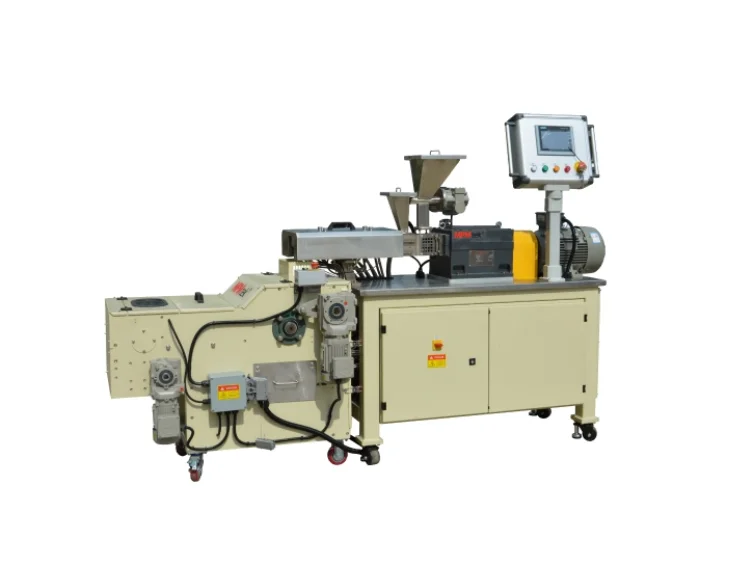
From Formulation to Final Product: Steps in a Powder Coating System
Blending and Pre-Mixing for a Steady Mix
The powder coating process starts with blending raw materials. This step makes sure resins, pigments, fillers, and additives are mixed evenly before moving on. A good powder coatings mixer, like MPMtek’s Container Mixer, is super important here. It’s an offline machine with movable containers. This makes it flexible for production. It has double-sealed shafts to stop powder leaks. It also has an automatic dust vacuum to keep things tidy. These features help get steady mixing results and keep the process running smoothly.
Extrusion and Cooling in Powder Coating Manufacturing
After blending, the materials go into a twin screw extruder. This spreads and mixes them even more. MPMtek’s Twin Screw Extruder, like the TSE-48B, has co-rotating screw shafts and special kneading parts. These ensure perfect mixing. It also uses exact temperature controls to keep material quality high.
Once extruded, the hot material needs to cool down before grinding. Cooling conveyors, like MPMtek’s Air Cooling Belt (Slat), are made for this job. They use stainless steel chains to cool the material evenly. You can adjust chip thickness for consistency. The air-cooling system uses less power and works reliably. This makes it a key part of powder coating manufacturing.
Grinding and Sieving for Particle Size Control
The last step is grinding the cooled material into fine powder and sieving it to get the right particle size. MPMtek’s ACM Mill does this well. It has a recovery rate of over 98%. It keeps particle sizes steady. The mill uses low-temperature grinding to protect material quality. It also has Siemens PLC controls for easy use. This helps powder coating manufacturers make powder that meets customer needs.
Innovations in Powder Coating Systems for Modern Manufacturing
Smart Tools by Top Powder Coating Manufacturers
Today’s manufacturing needs tools that are exact, quick, and flexible. Powder coating manufacturers like MPMtek are great at this. Their Laboratory Twin Screw Extruder is a good example. It acts like big industrial machines but on a smaller scale. This lets manufacturers test formulas before making lots of product. It has a clamshell barrel for easy cleaning, accurate temperature controls, and built-in chill rollers for better work.
Another cool tool is MPMtek’s Lab Bonding equipment. It’s made for attaching metallic paints to powder coating particles. It uses smart cooling and temperature controls to bond evenly without hardening issues. Its automatic system includes oxygen monitoring and internet-enabled controls for easy management from one place.
Boosting Efficiency with New Powder Coating Equipment
Efficiency is a big deal in modern powder coating systems. New designs and automation make things faster and cheaper. For example:
MPMtek’s Additive Feeder makes adding special ingredients easy with twin-screw technology.
Compact Cooling Crushers save up to 65% of space compared to old systems. They still cool well.
Stainless Steel Cooling Belts keep things clean during cooling with their strong build.
These updates help make more product faster. They also cut costs by using less energy and needing less upkeep.
About Yuanli MPM Machinery Co., Ltd.
Maple Machine (MPM) started in 2006, it merged with Yuanli Machinery in 2019. The company focuses on high-end, custom solutions. These are for precise and efficient professional powder coating equipment. Their creative designs have earned many patents, both in China and worldwide. They meet ISO9001 and CE standards.
Frequently Asked Questions (FAQs)
Q: What do mixers do in powder coating production?
A: Powder coatings mixers blend raw materials into an even mix before extrusion. MPMtek’s Container Mixer helps with features like automatic dust vacuums and double-sealed shafts.
Q: How does a twin screw extruder make powder coatings better?
A: Twin screw extruders, like MPMtek’s TSE-48B, mix materials well with special kneading parts and temperature controls. This gives a smooth, even mix.
Q: Why is particle size control important in powder coatings?
A: Particle size affects how well the coating sticks and looks. Tools like MPMtek’s ACM Mill help get the right size for customer needs.
Q: Can lab-scale equipment act like industrial machines?
A: Yes! MPMtek’s Laboratory Twin Screw Extruder copies big machines. It helps test formulas before full production.
Q: How do cooling conveyors help efficiency?
A: Cooling conveyors, like MPMtek’s Air Cooling Belt (Slat), cool materials evenly after extrusion. They save energy and keep chip thickness steady.
MPMtek keeps making precise, smart, and efficient tools for modern manufacturing. They follow global standards like ISO9001 and CE certifications.

